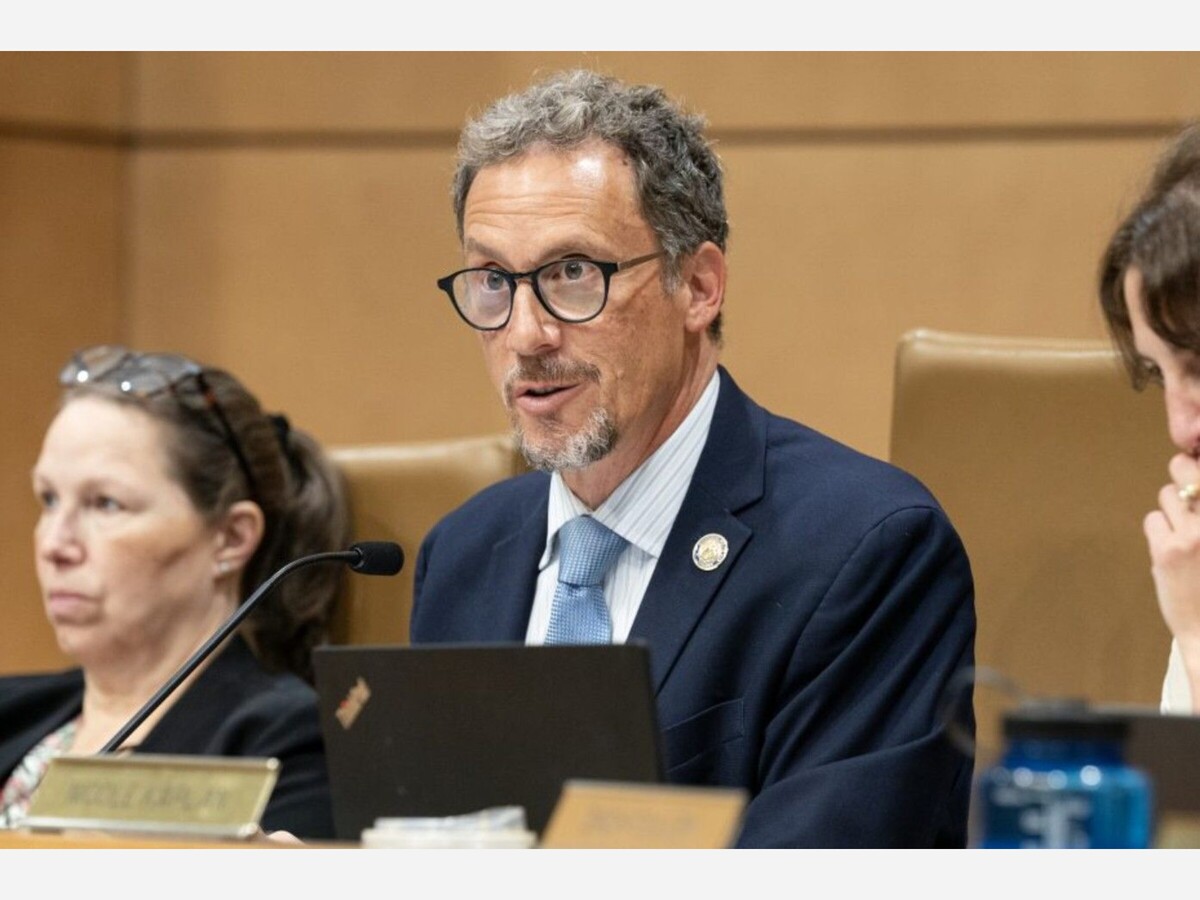Image


ST. PAUL, Minn. — A newly announced 10-year agreement between Fairview Health Services and the University of Minnesota Physicians Group (UMP) governing the operations of the University of Minnesota Medical School has sparked public criticism from State Senator Ron Latz (DFL-St. Louis Park) and raised questions about the future of one of Minnesota’s flagship academic health centers.
The Strategic Partnership for Minnesota’s Healthcare Future, unveiled Wednesday, is set to begin Jan. 1, 2027, and run for an initial ten years, with potential renewals. The deal was reached without the direct involvement of University of Minnesota leadership, prompting concern that the medical school’s core public mission could be undermined.
Senator Latz emphasized the essential role of the University of Minnesota in the state’s health system. In a statement, he said:
“This agreement raises significant questions about the future of the University of Minnesota Medical School. The core mission of the school requires acting in the best interests of the people of Minnesota, by delivering high-quality care and training the next generation of physicians that will work in hospitals and clinics throughout our state. The University of Minnesota is an essential partner in this health system, and absent their involvement in this agreement, significant questions remain about the future operations of the M Health Fairview system. Instead of shutting out University leadership, it’s time for all parties to be at the table and find an agreement that guarantees the continued operations of critical hospitals and clinics and recommits to its public service mission to all Minnesotans.”
The senator’s remarks mirror the University of Minnesota’s own concerns. University officials reportedly describe the agreement as a “hostile takeover” of the medical school, asserting that they were kept “on the sidelines and in the dark” throughout negotiations.

The deal outlines a framework for continuity of care and academic partnerships at major University medical facilities, including the University of Minnesota Medical Center and Masonic Children’s Hospital. Key elements include:
Despite these assurances, the University has raised concerns that the agreement fractures the connection between its faculty physicians and the institution, jeopardizing long-term support for research, education, and clinical care.
The new agreement follows years of stalled negotiations to extend the existing University-Fairview partnership, which is set to expire at the end of 2026. Minnesota Attorney General Keith Ellison, who helped facilitate the framework, described it as a vital step to secure health care stability and prevent a “highly damaging unwind” of the 30-year partnership.
Lawmakers and university officials are now calling for transparent, inclusive negotiations that include all parties to ensure the continuity of critical hospitals and clinics, safeguard medical education, and protect Minnesotans’ access to high-quality health care.
The University of Minnesota Medical School is a cornerstone of Minnesota’s academic and clinical health care system, training physicians and conducting critical research. The controversy over the Fairview-UMP agreement highlights broader issues of governance, public mission, and accountability in state health systems.
As the January 2027 start date approaches, the resolution of this dispute will have significant implications for academic health partnerships, patient care, and the sustainability of Minnesota’s flagship public medical institutions.